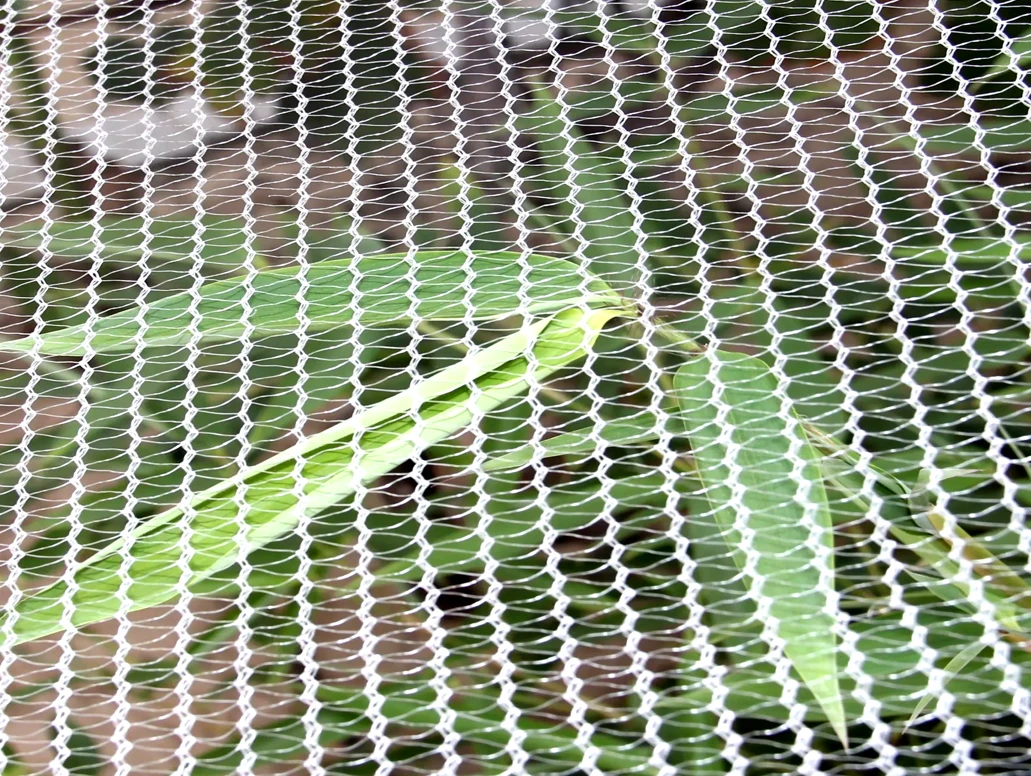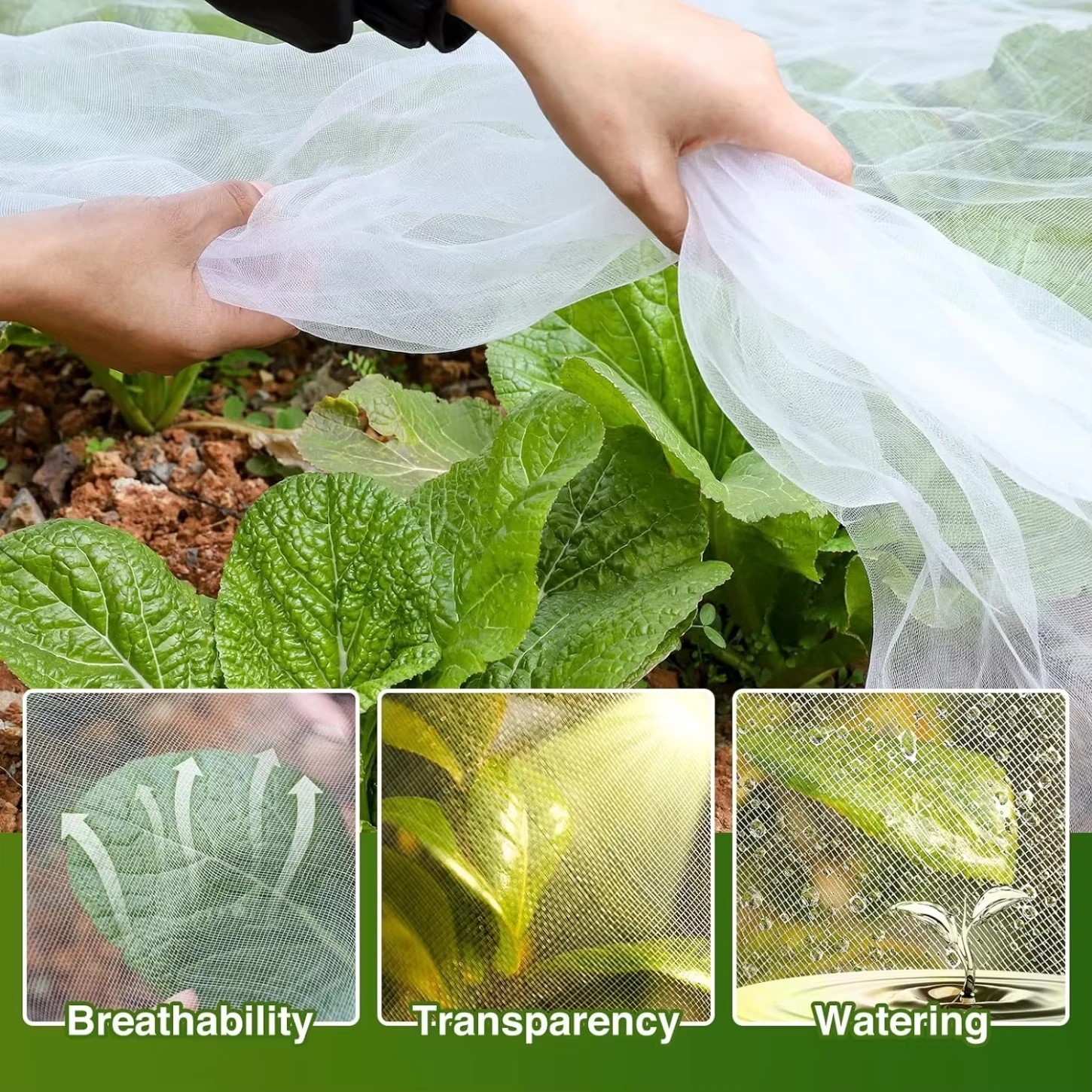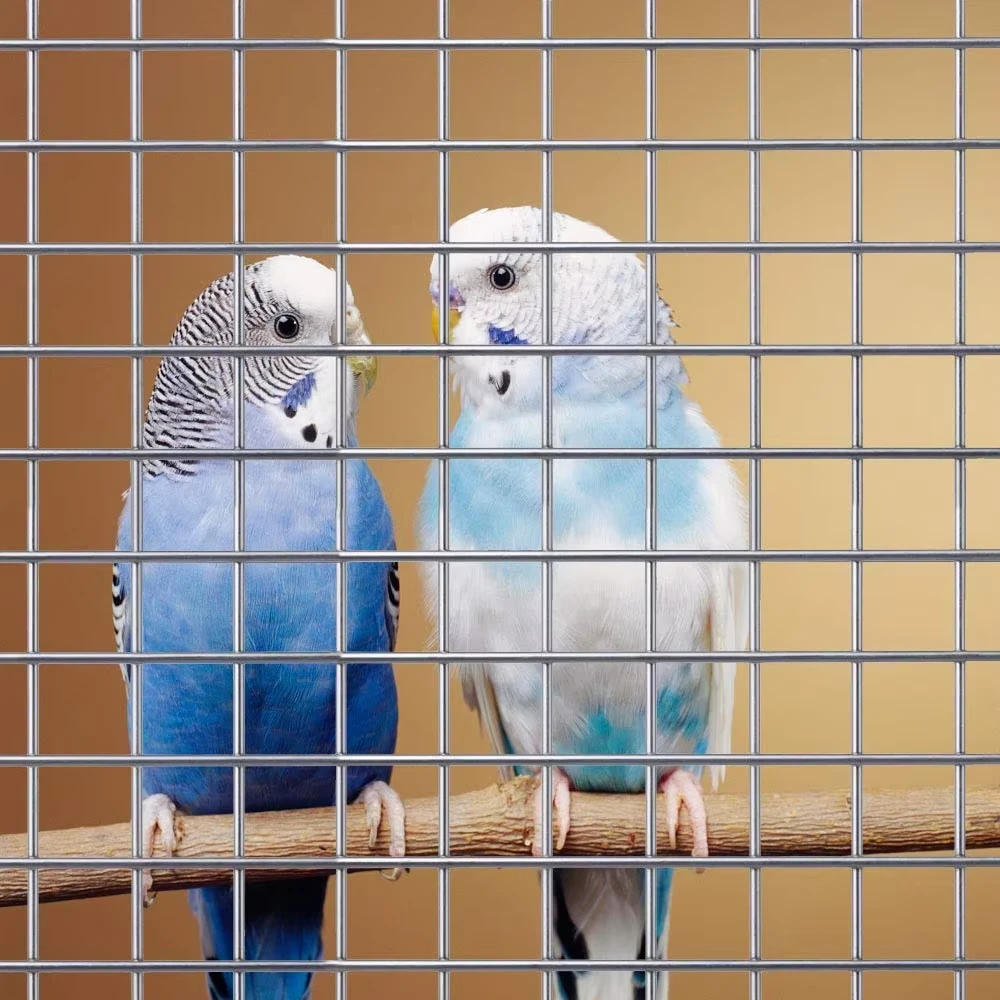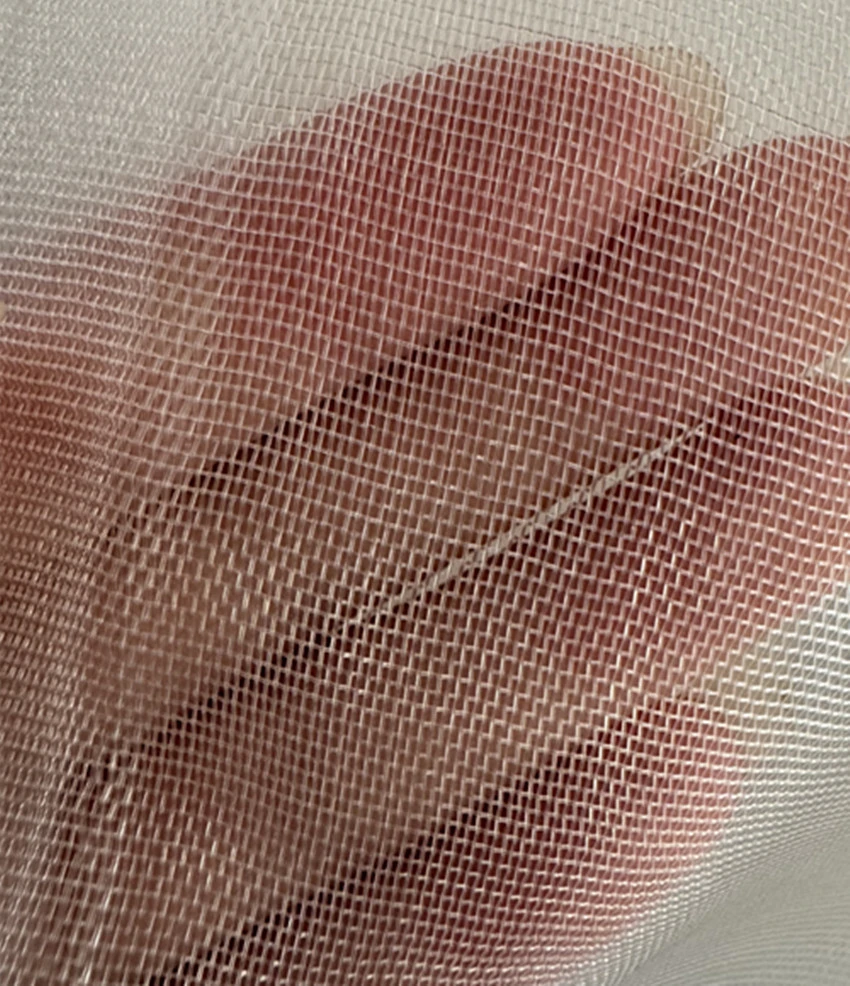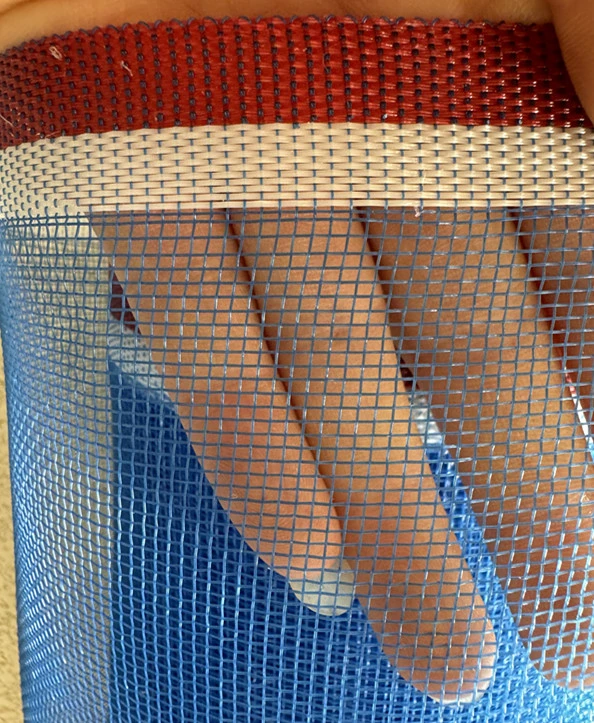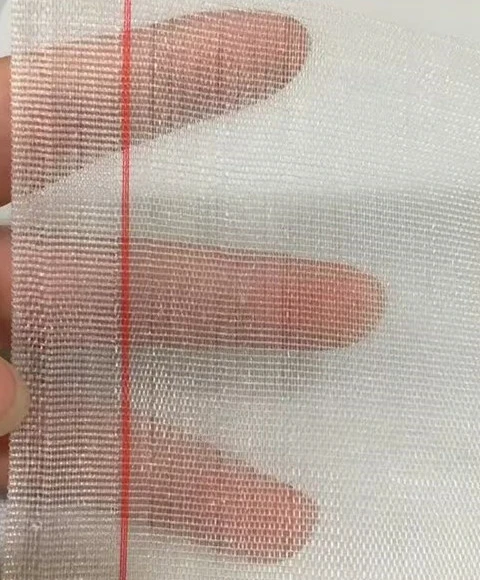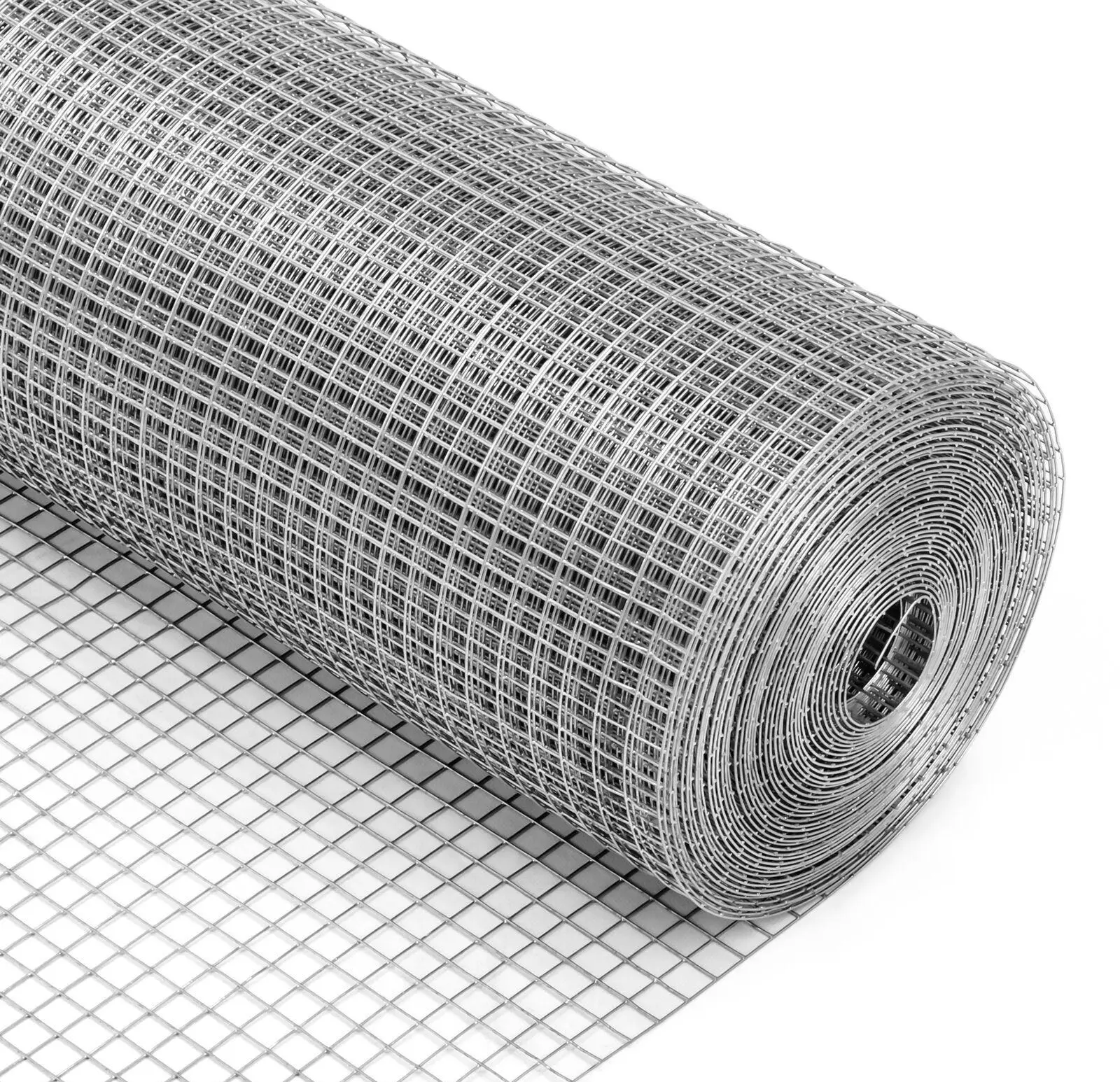Bug Catching Nets | Durable Fine Mesh, Collapsible Design
Field Notes on Modern Bug Control: Nets That Actually Work
I’ve walked more orchards than I can count, and the growers who sleep best at night usually have one simple tool dialed in: bug catching nets. To be honest, there’s no silver bullet for fruit fly, moth, or beetle pressure, but physical exclusion has become the closest thing to a dependable baseline.

What’s trending (and why growers care)
Two big shifts: fewer sprays and tighter residue rules. Orchard managers tell me that fine-aperture bug catching nets help them hit export tolerances and keep beneficials around. The product making the rounds lately is the Fruits tree netting Insect-proof mesh cover from China—simple on the surface, but with some serious engineering under the hood.

Technical specifications (real-world, not lab-only)
| Material | HDPE monofilament, food-grade UV stabilizers |
| Mesh aperture | ≈0.8–1.3 mm (for fruit fly/moth exclusion; real-world use may vary) |
| Weight | ≈55–90 g/m² |
| Tensile strength | ≥180 N/5 cm warp; ≥160 N/5 cm weft (ISO 13934-1 / ASTM D5035) |
| UV aging | ISO 4892-2 QUV, 500 h with ≤10% strength loss (typical test lot) |
| Service life | 3–5 seasons under ≈110–140 kLy UV exposure (covered storage off-season) |
| Edge/closure | Reinforced selvedge; optional drawstring, zipper, or clips |
| Certifications | ISO 9001 factory; REACH/RoHS material compliance; SGS lot testing |
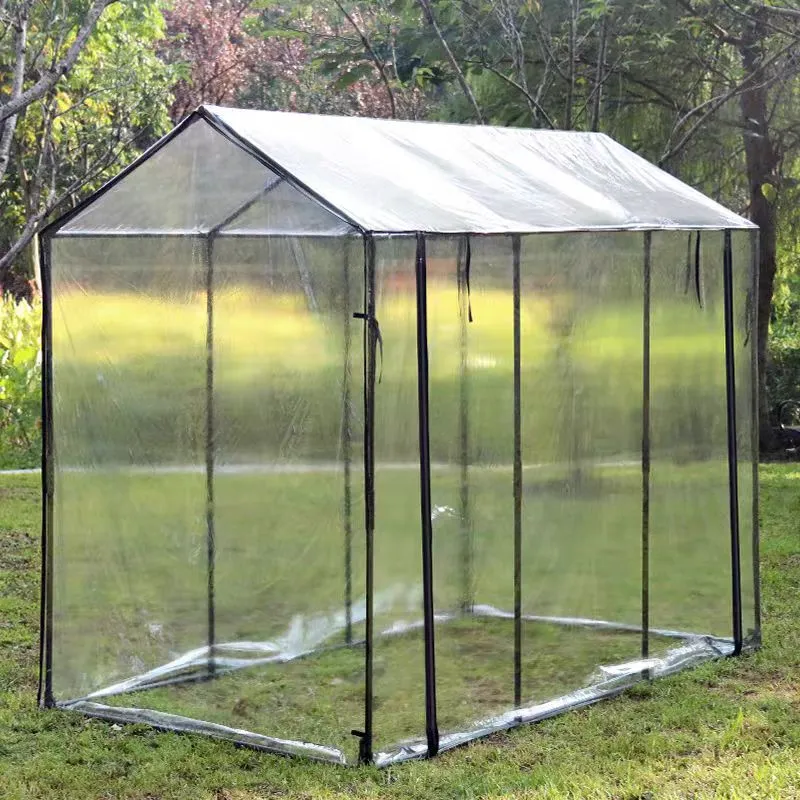
How it’s made (short version)
- Materials: HDPE resin with HALS UV package; pigment masterbatch for white or translucent finish.
- Methods: Monofilament extrusion → raschel knitting/weaving → heat setting → edge reinforcement.
- Testing: Mesh breaking force (ISO 1806); strip tensile (ISO 13934-1/ASTM D5035); UV weathering (ISO 4892-2); dimensional checks.
- QA: Random sampling, lot traceability, aperture audits with optical measurement.

Where it shines
Use bug catching nets on citrus, apples, pears, stone fruit, berries, melons, nursery stock, and greenhouse vents. Growers report 40–80% spray reductions and noticeably cleaner grades. Surprisingly, even hail and bird pecks drop a bit when nets are tensioned right.
Vendor snapshot (quick compare)
| Vendor | Origin | Yarn/UV | Lead time | Certs | Notes |
|---|---|---|---|---|---|
| YJ Wire Mesh (Fruit Tree Netting) | China | HDPE mono + HALS | 2–4 weeks | ISO 9001, REACH | Good custom sizes; fair MOQ |
| EU Horti Supplier | EU | HDPE mono + UV | 3–6 weeks | ISO 9001 | Higher price; fast freight |
| Local Ag Store | Regional | Mixed | In stock | Varies | Convenient, limited sizes |
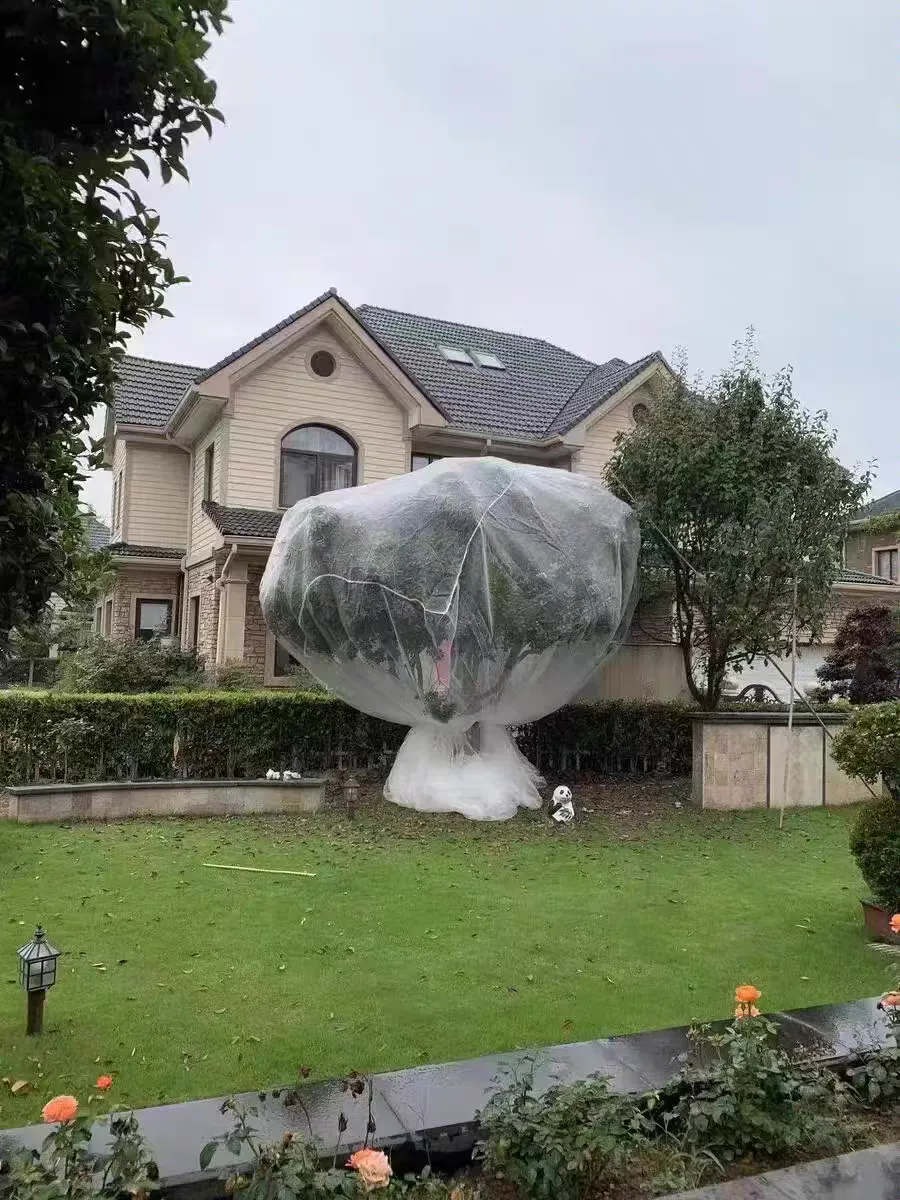
Customization and deployment tips
- Mesh aperture: choose ≈1.0 mm for fruit fly; ≈1.3 mm where airflow is king.
- Color: white for heat reflection; black for glare control near roads.
- Closures: drawstring for individual trees; zippers or clips for row covers.
- Tensioning: 2–3% pre-tension reduces flap and abrasion, extending life.
Case notes (from recent field seasons)
Blueberry block, coastal site: bug catching nets cut trap counts ≈72% and bumped pack-out by 6.8%. Orchard citrus trial: spray interval stretched from 10 to 18 days, and we saw less wind blemish than expected—small win that paid for clips and zippers.
Standards and data, briefly
Look for tensile data to ISO 13934-1 or ASTM D5035, mesh strength to ISO 1806, and UV aging per ISO 4892-2. If your buyer talks “residue zero,” pairing bug catching nets with IPM guidelines (FAO/EPPO) keeps audits calm.
References:
[1] ISO 1806 — Fishing nets — Determination of mesh breaking force
[2] ISO 4892-2 — Plastics — Methods of exposure to laboratory light sources
[3] FAO — Integrated Pest Management Guidelines
[4] ASTM D5035 — Standard Test Method for Breaking Force and Elongation of Textile Fabrics
-
Anti Hail Net | UV-Stable, High-Strength Orchard ShieldNewsNov.17,2025
-
Anti Bird Netting – UV-Stable, Durable, Humane ProtectionNewsNov.17,2025
-
Welded Wire - Durable, Rust-Resistant Mesh, Custom SizesNewsNov.17,2025
-
Garden Mesh Sun Shade – UV-Resistant, Durable, Custom SizesNewsNov.17,2025
-
Bird in Net Solution: Humane, UV-Resistant Bird NettingNewsNov.17,2025
-
Stainless Steel Filters: Durable, Washable, High-FlowNewsNov.10,2025





